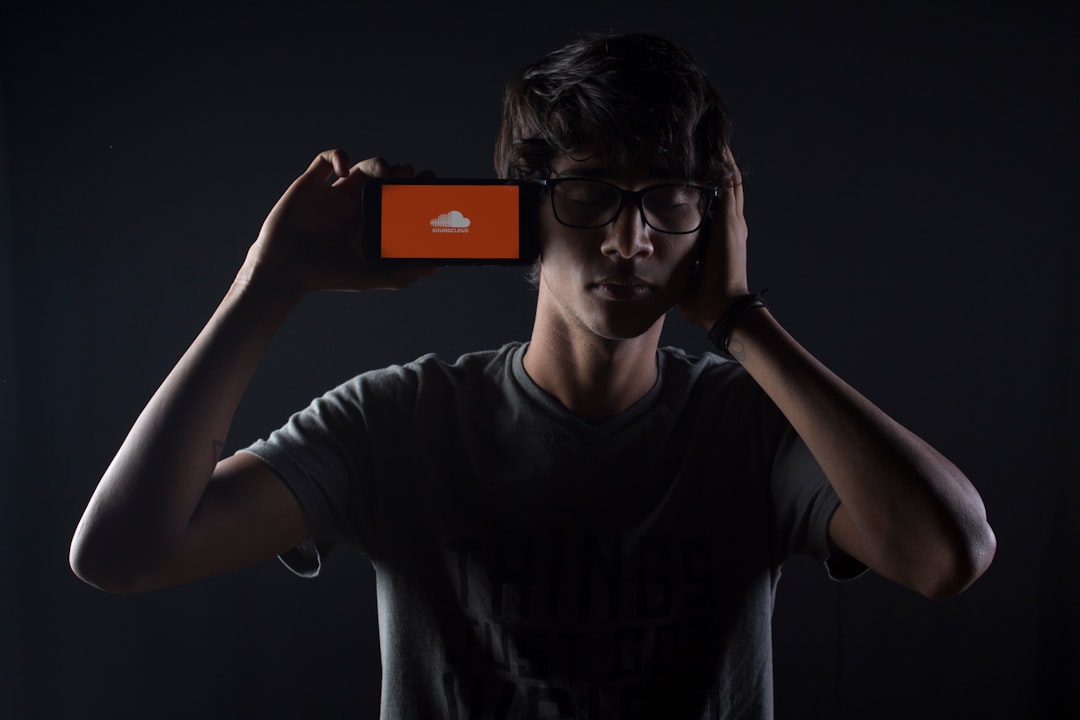Music Needs More Women In The C-Suite
Warner Music CEO speculation proves there's work to be done.

The late June announcement that Warner Music Group CEO Steve Cooper will be stepping down at the end of 2023 has triggered plenty of speculation as to who will replace the venerated executive.
Given the 18-month lead time on Cooper’s departure, we likely won’t know for a while who will take his seat. But that hasn’t stopped Billboard from putting forward a dozen names, while Music Business Worldwide hedged more heavily with 53 possible options.
We’re not here to add to these lists, but while considering the suggestions, we were struck by one insight. Three leading candidates out of Billboard’s 12 are women — Atlantic Records co-chairman Julie Greenwald, WMG Chief Digital Officer & EVP of Business Development Oana Ruxandra and board member Ceci Kurzman. MBW dropped 14 female names out of 53 suggestions, roughly the same 25% ratio as Billboard.
Once you see this 3:1 male-to-female ratio, it’s suddenly everywhere. In 2019, Rolling Stone pointed out that out of 13 frontline major record label groups operating in the United States, in addition to Greenwalk, only Sony’s Epic Records is run by a woman — Sylvia Rhone. Michelle Jubelirer became Chair and CEO of Capitol in 2020, making it 3 of 13.
This roughly 25% female-to-male ratio persists despite the fact that “firms with more women in senior positions are more profitable, more socially responsible, and provide safer, higher-quality customer experiences” according to the Harvard Business Review.
One might assume that the number of women occupying roles adjacent to the corner office might be higher, with the glass ceiling still holding them back from only the top seat. But in fact, the numbers are actually lower.
Research from the USC Annenberg Inclusion Initiative posted on the Amplify Her Voice website pegged the female occupancy of “five executive roles in the music industry” at only 11.7% for record labels. Radio (20%) and publishing (22.2%) were better, but only relatively. And don’t ask about live music and streaming (see graphic below).
So does all of this data prove that women are being explicitly held back from gaining executive roles? As is usually the case, it’s not so simple. The same USC research reveals that the total number of women working as managers, agents and A&R professionals throughout the industry occupies a similar 20-something percentile. Assuming this hold for other roles across the industry, then female admission to the c-suite is actually commiserate with the percentage of qualified candidates.
None of this should be shocking to anyone who has spent any time inside the music business. What might be surprising is the fact that even at the artist level, the discrepancy is almost identical. The 2020 Inclusion in the Recording Studio? report from the same Annenberg Inclusion Initiative focused on 800 popular songs from 2012 to 2019 found that female artists on those songs inhabit a similar male-to-female ratio of 3.6-to-1.
Could the limited number of women in industry roles be limiting the opportunities for female artists?
It can be easy when faced with these numbers to simply throw up one’s hands. So it’s also important to point out that things are improving—if slowly.
Check out the first page of Wikipedia’s American Music Industry Executives list, and you’ll see only 20 women out of 200 entries (10%). A vast majority of them are innovators from the 1940s and 50s, the era when independent labels nurtured blues, jazz and rock (and later early disco and hip-hop) acts, sowing the seed that would grow into today’s mammoth industry. This gives us reason to believe that when more women are involved, the music itself will thrive creatively as well as financially.
It’s not fair to judge the industry in 2022 based entirely on historical inequity. But it does fall upon those making decisions now to make the changes for a better future. Correcting these imbalances will have to come, at least in part, from the top. It’s been five years since there has been an opening for the CEO spot at a major label — the last being Rob Stringer’s accent at Sony Music in 2017. But even if a woman takes the helm of WMG, that alone won’t solve the industry-wide issues.
What will help is simply having more women in roles across the industry. So when the next big job opens up, the candidate pool is equal to start with. That is why it is incumbent on every person in a decision-making position to find ways to create opportunities for everyone.
We know that our readers represent an influential cohort in our particular niche. So consider this a reminder that we can all do better when it comes to inclusion—gender or otherwise.
TAKEAWAYS
Salient statements from this week’s music news.
1. How Do SoundCloud’s ‘Fan-Powered Royalties’ Work For Artists?
A new report by Soundcloud and Midia reveals that 56% of artists are better off under Soundcloud’s user-centric payment systems, with a majority of the winner at the lower range of listener numbers.
Takeaway: As for the biggest streaming services, their position remains essentially that they’re not against the idea of user-centric; that some of them will contribute data to research studies on the model; but that they’ll need agreement across the music industry before they can even think about a switch from pro-rata. Agreement which they know is a huge challenge.

2. Spotify’s King of Sleep Music Outstreams Lady Gaga, Somehow
Another argument against pro-rata — thirty-second ambient clips are skimming massive amounts of streams (and dollars). Playlists of white noise and other ambient sounds are even outpacing Spotify’s top playlist, Rap Caviar.
Takeaway: Under Spotify’s divide-one-pie payout model, there’s a finite pool of money for artists that comes in from the streamer’s ads-and-subscriptions revenue, and each act’s allocation is determined by his or her fraction of overall plays. When rain sounds are amassing millions of streams, that diverts money to Sleep Fruits Music at the expense of more traditional musicians — singers, rappers, producers, and songwriters.

3. Older Songs Made Up 72% of U.S. Music Consumption in H1
Streaming continues to favor songs more than 18 months old, which is good news for some.
Takeaway: Plenty of old songs became more, rather than less, popular. Chris Stapleton’s eight-year-old track “Tennessee Whiskey” had 2% more on-demand audio streams this year and climbed from No. 58 to No. 40. And J. Cole’s nearly seven-year-old “No Role Modelz” rose from No. 87 to No. 43 after its on-demand audio streams increased 19.2%.






